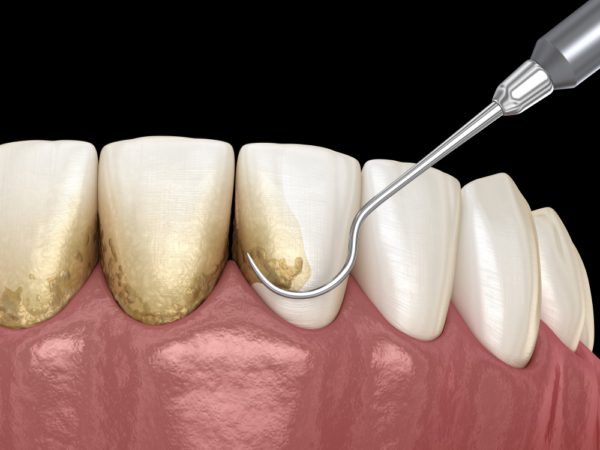Non-Surgical Scaling & Root Planning
Root planning and scaling is a standout amongst the best approaches to treat gum sickness before it ends up serious. Root planning and scaling cleans between the gums and the teeth down to the roots. Your dental specialist may need to utilize a local anesthetic to numb your gums and the underlying foundations of your teeth. A few dental practitioners and dental hygienists will utilize an ultrasonic apparatus for planning and scaling. This device isn’t as awkward as a standard scratching instrument, yet not all cleanings require this sort of hardware. Your dental practitioner may put anti-infection strands into the pockets between your teeth and gums. The antibiotic will help speed recovering and avoid disease. The dental specialist will remove the strands around a week or so after the methodology. Dental scaling is the most widely recognized non-surgical approach to treat gum disease, which is otherwise called periodontitis. This will remove plaque and tartar from your teeth and help your gums recover health. In any case, in the event that you have an extreme periodontal infection and your condition may require gum medical procedure, your dental practitioner and periodontist may suggest a scaling and root planning before the medical procedure, just as an intensive teeth-cleaning preceding the technique.
When you need Scaling & Root Planning
While the most ideal approach to knowing whether you are encountering any gum sickness is to visit a certified dental specialist, there are a couple of signs you can pay special mind to before your next appointment.
Pain when chewing
Receding gum line
Swollen gums
Tender, painful gums
Bleeding gums
New gaps between teeth
Bad breath
Loose teeth
Visible pus surrounding the teeth and gums

Two types of dental Scaling & Root Planning
1. Scaling with hand-held instruments. Your dental practitioner or periodontist will utilize a dental scaler and curette to physically expel (scale) the plaque from the teeth. Since the dental practitioner or dental hygienist can’t see the plaque, they depend on contact to recognize regions of tartar development and unpleasant spots.
2. Scaling with ultrasonic instruments. Ultrasonic scaling instruments clean plaque from the teeth with a vibrating metal tip that chips off the tartar and a water splash to wash it away and keep the tip cool.
Root planning and scaling can bring hurtful microscopic organisms into the circulatory system. Gum tissue is additionally in danger of contamination. You may need to take antibiotics when the medical procedure in the event that you have a condition that puts you at high hazard for serious contamination or if diseases are especially risky for you. You may need to take antibiotics if you have certain heart issues that make it perilous for you to get heart contamination called endocarditic, have a disabled immune framework and had late real medical surgeries or have man-made body parts, for example, an artificial hip or heart valve.
Request an Appointment Today!

